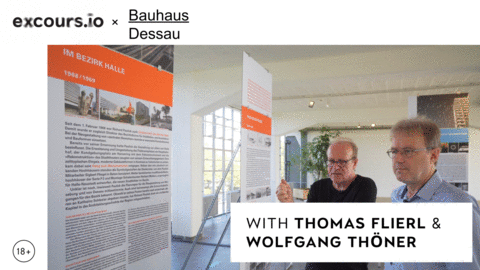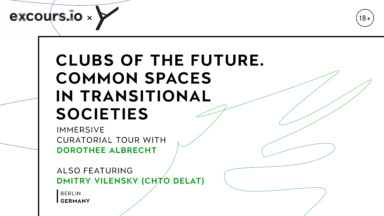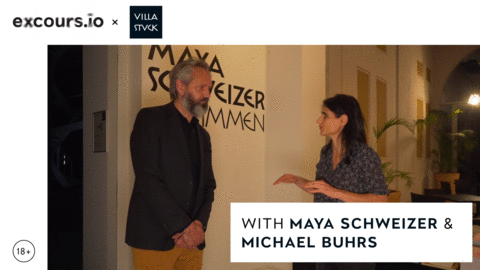Human perception of time often resembles a collage — fragmented and layered, shaped by memory and experience. Berlin-based artist Maya Schweizer captures this complexity through her unique language of short film. In her work, everyday spaces become carriers of memory, interweaving found footage, situational observations, and soundscapes to create immersive, multifaceted narratives. Schweizer’s art subtly explores the intricacies of cultural identity and the role individuals play as political actors, encouraging deeper reflection on how we engage with our surroundings and their embedded histories. In her solo exhibition Stimmen (Voices) at the Museum Villa Stuck, composed of 10 films spanning the past 14 years, Schweizer gives voice to those who have disappeared, recounting stories of violence, memory, and loss, particularly within the context of German history and Munich’s past. By blending personal and collective histories, her work oscillates between documentation and staged reality, using urban spaces as laboratories for examining overlapping historical layers. As viewers dive into the culture of remembrance, Schweizer uncovers new and often unsettling depths of human memory, sparking a reflection on the invisible ties between people, places, and their histories.
Why should you watch this?
Maya Schweizer’s exhibition illuminates pressing issues of collective memory, identity, and the power dynamics embedded in our urban environments. In an age where historical narratives are constantly contested and reshaped, Schweizer’s work offers a profound reflection on how personal and societal histories intersect, particularly in divided or marginalized spaces. Her exploration of everyday locations — spaces that might seem mundane — invites viewers to question how memory is inscribed into these environments, often highlighting forgotten or overlooked stories. With rising global tensions surrounding borders, migration, and the politics of identity, Schweizer’s art becomes a timely and poignant commentary on how we perceive and interact with both physical and symbolic boundaries. A guided tour offers a deeper understanding of these complex themes, fostering critical engagement with the socio-political narratives that shape our contemporary world.

Bauhaus – Shanghai – Stalinallee – Ha-Neu. Der Lebensweg des Architekten Richard Paulick 1903 – 1979
Richard Paulick’s career was a mosaic of contradictions — modernist Bauhaus ideals alongside socialist industrialism, avant-garde innovation woven into national architectural traditions. His life was marked by war, shifting ideologies, and forced relocations, yet his dedication to architecture never wavered. Paulick emerged as one of the most influential architects of the German Democratic Republic, breathing new life into war-torn cities like Dresden and Berlin, while also shaping the industrial landscapes of smaller East German towns. Remarkably, his work extended far beyond Europe’s borders, leaving a legacy in pre-communist Shanghai as well. The exhibition at the Bauhaus Dessau Foundation, a beacon of German avant-garde architecture, vividly captures Paulick’s lifelong quest for self-realization in the face of the political and social currents of the 20th century. Through his work, the complexities of personal and ideological resilience unfold, offering viewers a window into both the man and the turbulent world he helped to shape.
Why should you watch this?
This exhibition offers more than just an understanding of Richard Paulick’s architectural legacy — it provides timely insights into the enduring tension between modernism, tradition, and the political influence on design. In today’s context, where cities worldwide face the issues of sustainable development, urban sprawl, and the preservation of cultural identity, Paulick’s work exemplifies the challenges of building for both functionality and aesthetic character under shifting ideologies. The guided tour illuminates how these issues resonate in contemporary debates about urban planning, sustainability, and the role of architecture in shaping not only cities but societal values. Understanding Paulick’s adaptive yet visionary approach offers fresh perspectives on the balance we seek today between innovation and heritage.



